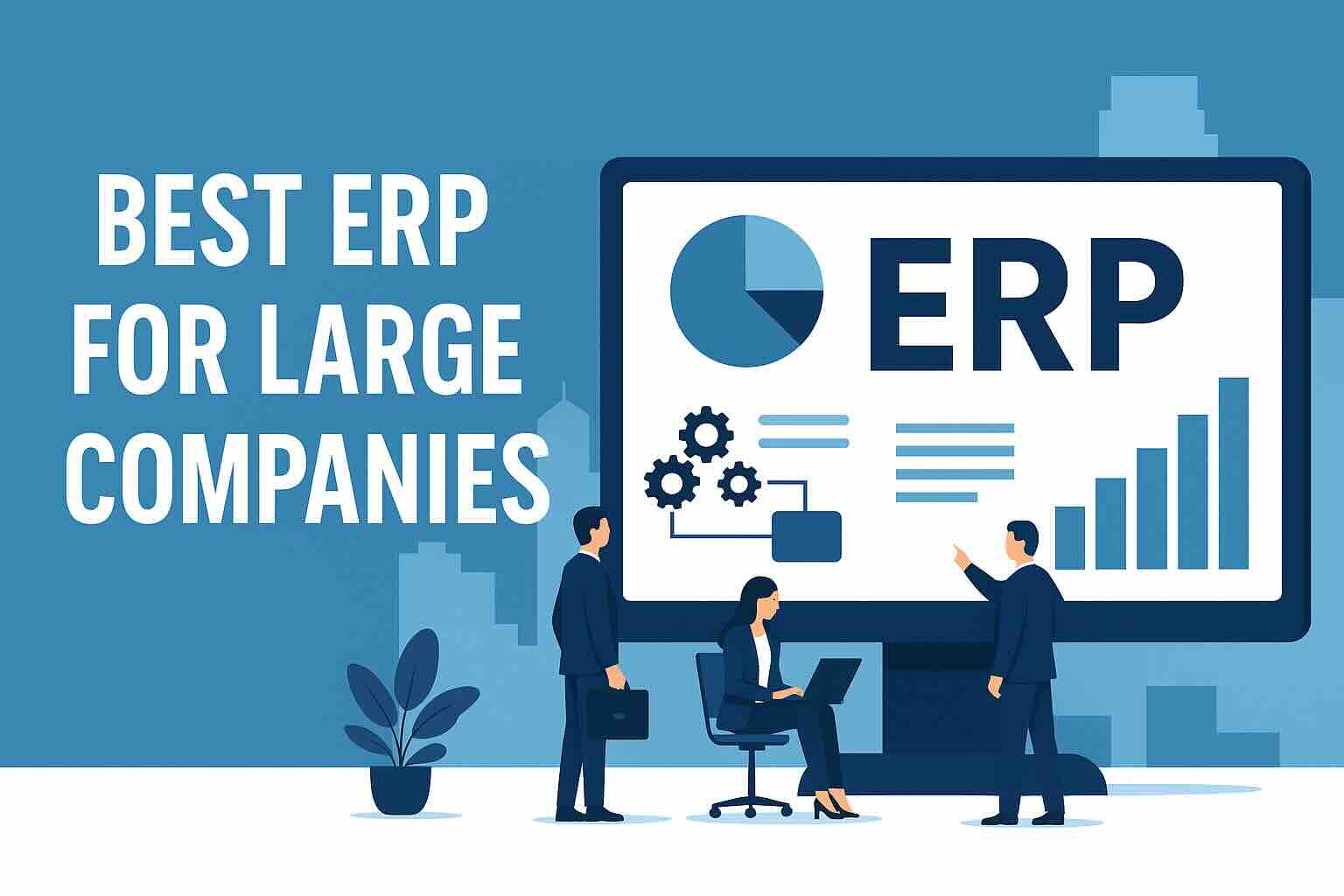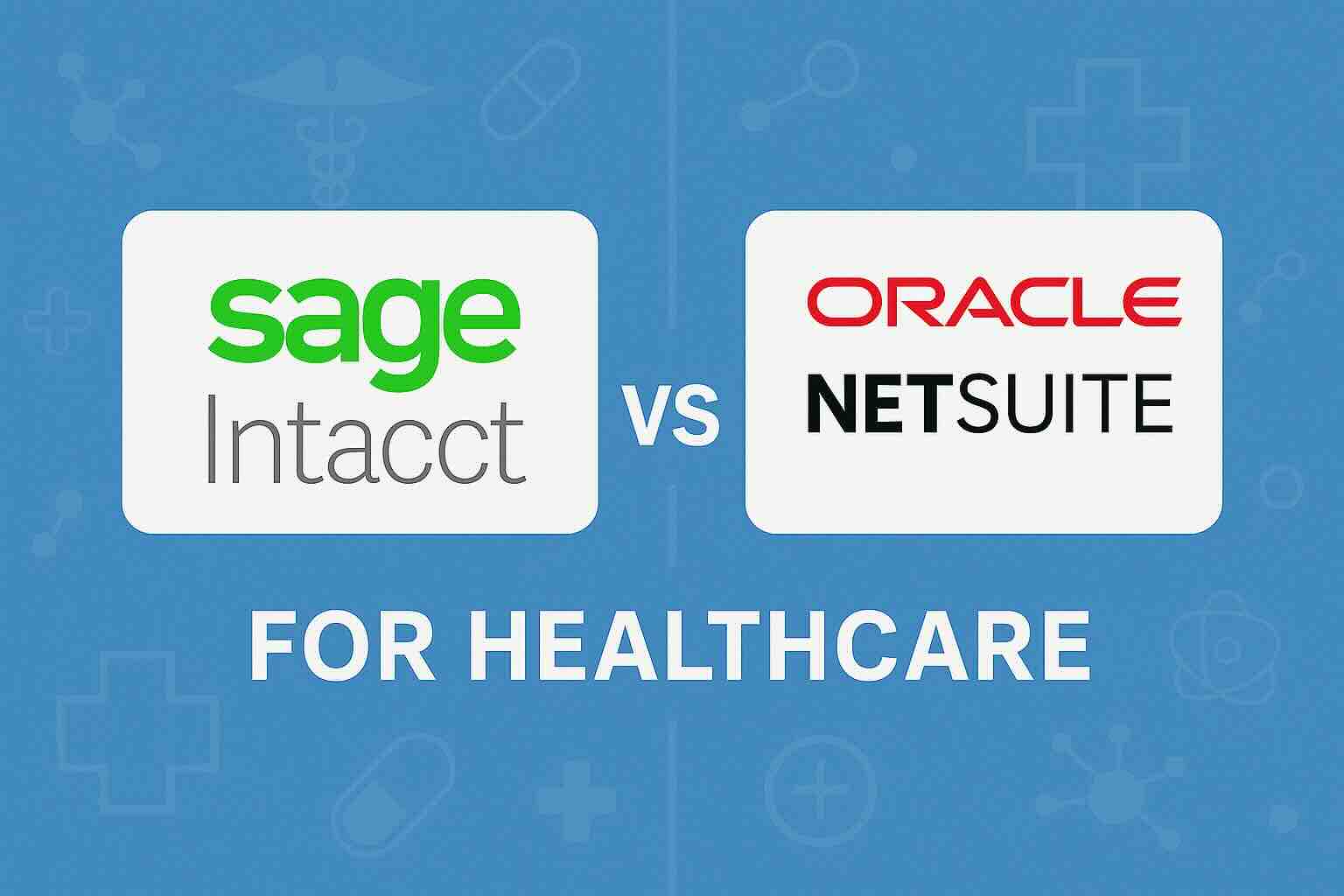Is Infor a Good ERP for Healthcare?

In the healthcare industry, managing complex operations, ensuring regulatory compliance, and delivering high-quality patient care are paramount. Enterprise Resource Planning (ERP) systems play a crucial role in streamlining these processes. Infor ERP has gained traction in various industries, including healthcare, for its comprehensive features and industry-specific solutions. But is Infor a good ERP for healthcare? This blog explores the strengths and weaknesses of Infor ERP for healthcare, helping you make an informed decision.
Strengths of Infor ERP for Healthcare
- Industry-Specific Solutions: Infor ERP offers healthcare-specific modules designed to address the unique needs of healthcare providers. These modules include features for patient management, electronic health records (EHR), compliance with healthcare regulations, and supply chain management tailored to healthcare environments. This industry focus ensures that healthcare organizations can efficiently manage their operations while meeting regulatory requirements.
- Integration Capabilities: Infor ERP excels in integrating with other healthcare systems and technologies. Whether it’s EHR systems, lab information systems, or medical devices, Infor ERP can seamlessly connect and share data across platforms. This integration capability is crucial for providing comprehensive patient care and ensuring that all departments within a healthcare organization work cohesively.
- Scalability: Infor ERP is highly scalable, making it suitable for both small healthcare facilities and large hospital networks. The system can grow with your organization, accommodating increasing patient loads, expanding services, and additional facilities without compromising performance. This scalability ensures that your ERP system can support your organization’s growth and evolving needs.
- Advanced Analytics and Reporting: Infor ERP includes robust analytics and reporting tools that help healthcare providers make data-driven decisions. These tools allow for real-time monitoring of key performance indicators (KPIs), financial metrics, patient outcomes, and operational efficiency. Advanced analytics can also support predictive modeling, helping healthcare organizations anticipate and respond to future challenges.
- User-Friendly Interface: The user interface of Infor ERP is designed to be intuitive and easy to navigate. This user-friendly design reduces the learning curve for healthcare staff, enabling them to quickly adopt the system and utilize its features effectively. An intuitive interface is particularly important in healthcare settings where staff must focus on patient care rather than struggling with complex software.
Weaknesses of Infor ERP for Healthcare
- High Implementation Costs: One of the significant drawbacks of Infor ERP is the high initial implementation cost. The process of deploying Infor ERP can be expensive, especially for smaller healthcare organizations with limited budgets. These costs include software licensing, hardware upgrades, customization, and training expenses. Organizations need to carefully consider their financial capabilities before investing in Infor ERP.
- Complex Customization: While Infor ERP offers extensive customization options to tailor the system to specific healthcare needs, this customization can be complex and time-consuming. Healthcare organizations may require specialized IT staff or external consultants to effectively customize and maintain the system. This complexity can lead to longer implementation times and higher ongoing maintenance costs.
- Training Requirements: Although the user interface is designed to be user-friendly, the comprehensive nature of Infor ERP means that extensive training is necessary to fully leverage its capabilities. Healthcare staff, including administrative and clinical personnel, need thorough training to understand and utilize the various features and modules effectively. This training requirement can be resource-intensive and disrupt daily operations during the initial phases.
- Potential for Downtime: Like any comprehensive ERP system, Infor ERP can be prone to downtime during updates, maintenance, or unexpected technical issues. Downtime in a healthcare setting can be particularly problematic, potentially disrupting patient care and administrative processes. Organizations must have robust contingency plans in place to mitigate the impact of any system downtime.
- Ongoing Maintenance Costs: Beyond the initial implementation, ongoing maintenance of Infor ERP can be costly. These costs include regular updates, technical support, and system upgrades to ensure optimal performance and security. Healthcare organizations need to budget for these recurring expenses to sustain the ERP system effectively.
Conclusion
Infor ERP offers a robust and comprehensive solution for healthcare organizations, with industry-specific features, strong integration capabilities, scalability, advanced analytics, and a user-friendly interface. However, the system also comes with high implementation costs, complex customization, significant training requirements, potential downtime, and ongoing maintenance expenses. When considering Infor ERP for healthcare, organizations must weigh these strengths and weaknesses to determine if it aligns with their operational needs, budget, and long-term strategic goals.
Click this link to find out more about Infor for healthcare.
To compare Infor with 100s of other ERP solutions, you can use our new AI-powered Compare ERP tool. It’s free to use and you get a guaranteed discount on your first year’s licence fees with a referral from Compare ERP.









